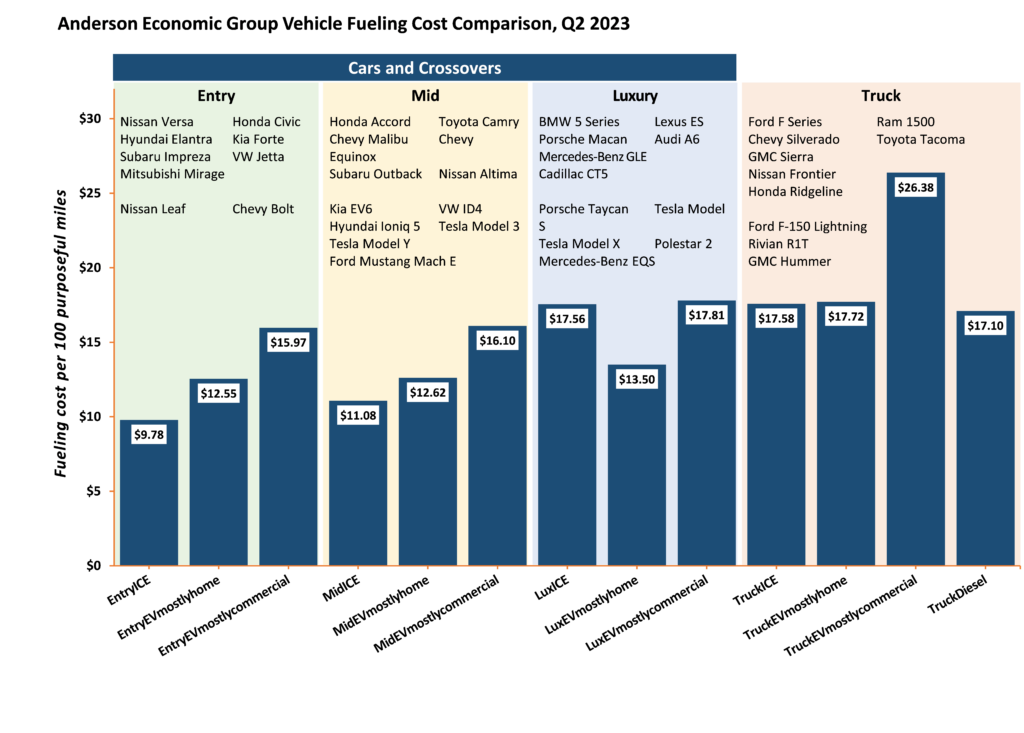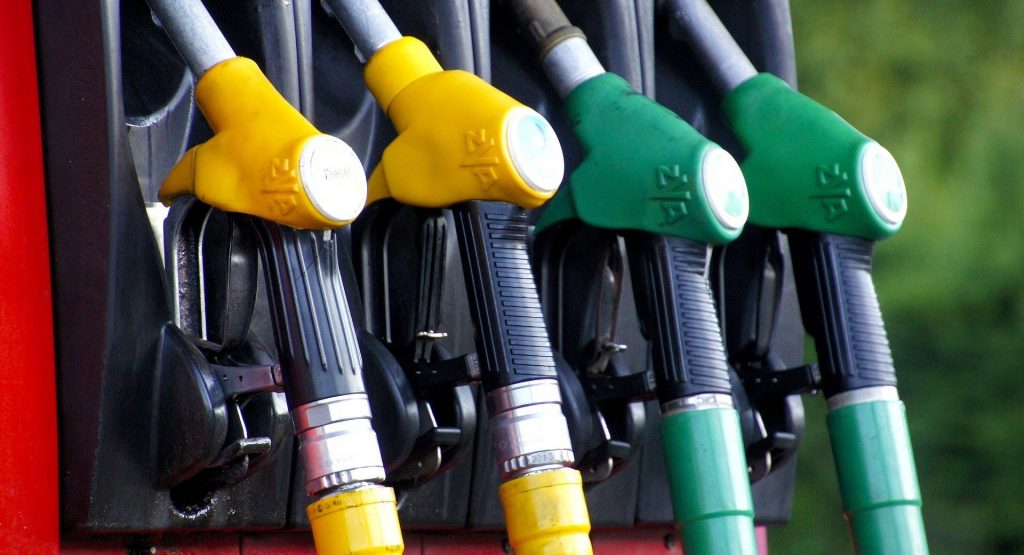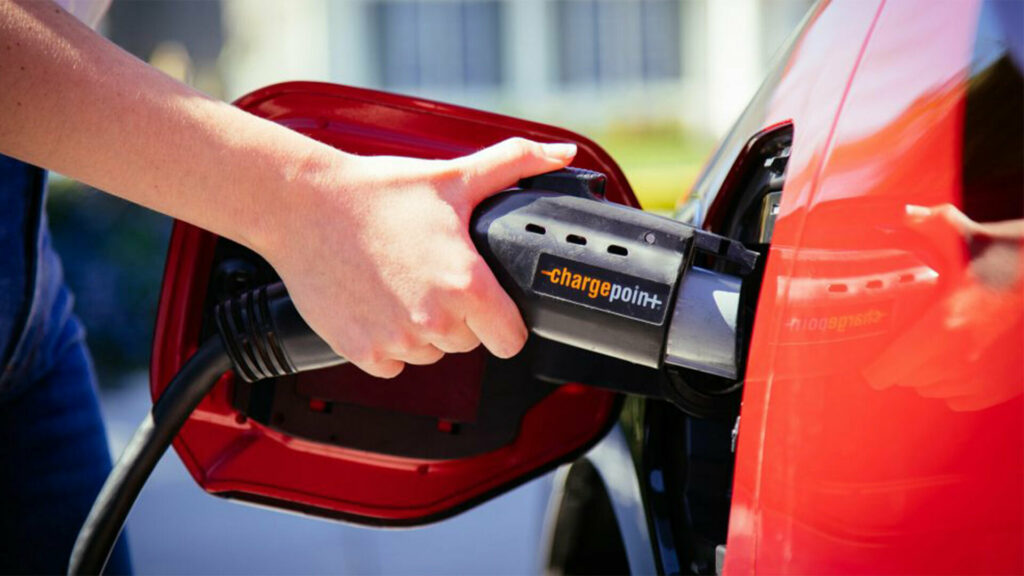Charging an electric vehicle is cheaper than filling up a gas-powered car, right? While that’s certainly what most people think, an intriguing study has revealed that per 100 miles driven, there are actually plenty of internal combustion-powered vehicles that are cheaper to fill up than charging an EV alternative in the U.S.
An analysis from Anderson Economic Group says that entry-priced cars and crossovers cost on average $9.78 per 100 purposeful miles that they can be driven. These include vehicles like the Nissan Versa, Honda Civic, Hyundai Elantra, Subaru Impreza, and Mitsubishi Mirage. By comparison, entry-priced EVs like the Nissan Leaf and Chevrolet Bolt charged mostly at home provide on average 100 miles of range for every $12.55 spent charging. Entry-priced EVs charged at stations cost $15.97 per 100 miles.
It is a similar story in the mid-priced segments of cars and crossovers. ICE vehicles in this segment like the Honda Accord, Toyota Camry, Chevrolet Malibu, and Subaru Outback typically cost about $11.08 to fill up per 100 miles they can be driven. By comparison, charging up a rival EV like the Kia EV6, Tesla Model 3/Y, and Ford Mustang Mach E at home typically costs $12.62 per 100 miles of range or $16.10 per 100 miles of range when charged at a station.
Read: Super-Alliance Charging Network To Feature 400kW Speeds

The luxury segment is where an EV makes the most sense. Whereas filling up a typical ICE like the BMW 5-Series, Porsche Macan, and Audi A6 costs an average of $17.56 per 100 miles, a luxury EV like the Porsche Taycan, Tesla Model 3, and Polestar 2 costs an average of $13.50 per 100 miles of range to charge at home. This figure increases to $17.81 if charged at a station.
As for pickup trucks, the Anderson Economic Group says an ICE truck typically costs $17.10 to fill up with diesel per 100 miles while an EV pickup charged at home costs about $17.72 per 100 miles. Charging an EV truck at a station costs an average of $26.38 per 100 miles of range.
“With electricity prices trending up and gas prices going down, most traditional gas-powered vehicles cost less to drive than their EV counterparts in the first half of 2023,” the group described. “Drivers of luxury-priced electric vehicles still could save a little money compared to driving high-powered ICE vehicles, especially those needing premium gas. One surprise was that newly introduced electric pick-up trucks had fueling costs similar to those of traditional gas or diesel-fueled ICE pickups, but only for drivers who could regularly charge at home or through their employer. For both businesses and those driving their own trucks, it is important to consider expected demands for travel to job sites, hauling, and extended road trips. These are likely to require regular commercial charging that can be expensive and time-consuming.”




